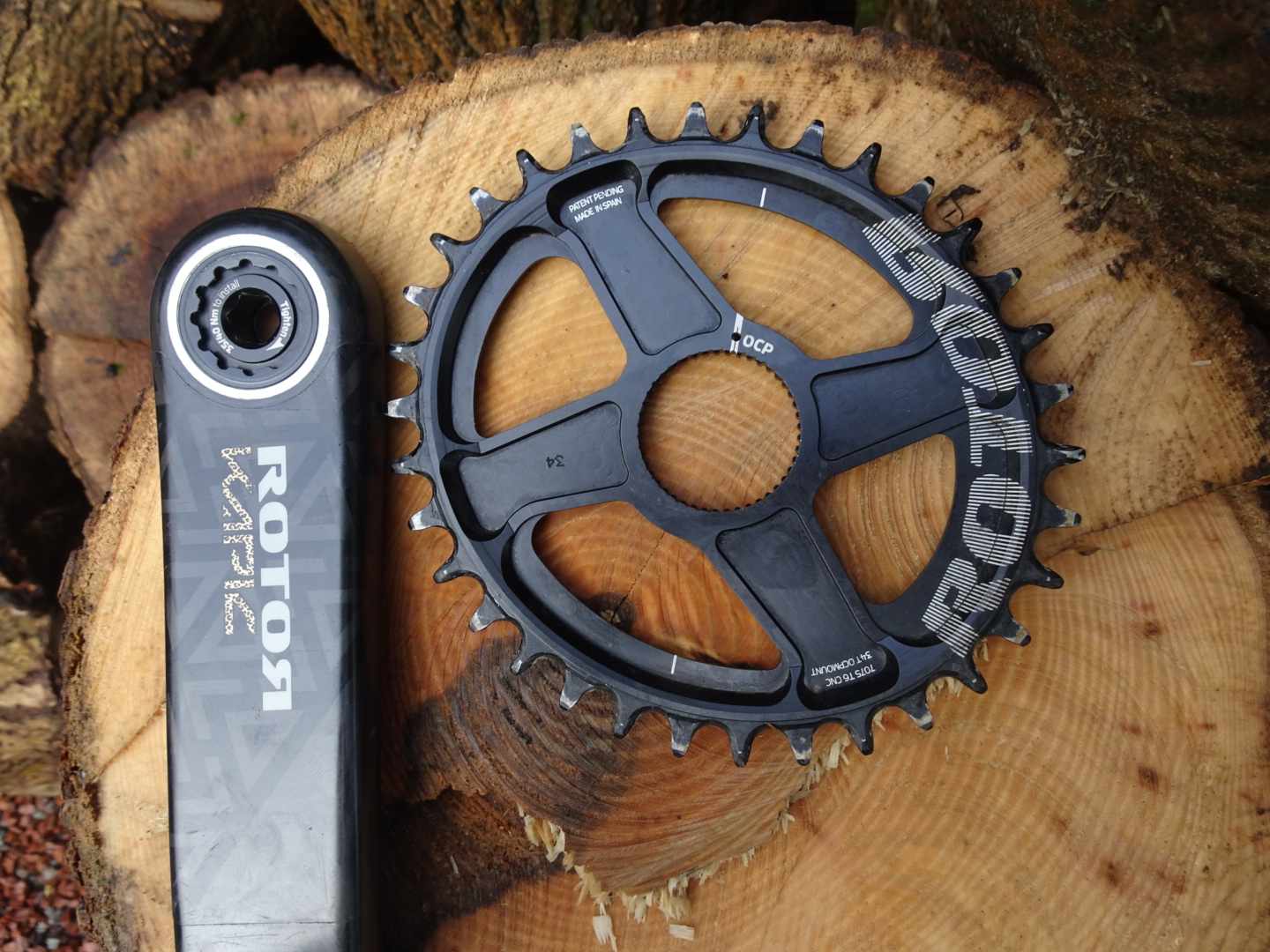We put mile-muncher Jason Miles to work on the Rotor Kapic Carbon Chainset. Is he leading the pack with these light weight cranks?
Spanish component manufacturer Rotor has been around since the early 1990s and claims, probably quite rightly, that it developed oval chainrings to iron out the common ‘dead spot’ of a pedalling stroke. Now, you might be reading this and already have an urge to play the very predictable and boring “They’re just the same as the old Biopace chainrings from back in the olden days” card, but let’s kill that one stone dead right now. Biopace rings DID NOT WORK BECAUSE THEY WERE DONE WRONG but Rotor’s (and now dozens of other oval ‘ring manufacturers) design does work. Trust me, I’ve used them for ages.
Rotor Kapic Carbon Chainset
- Price: £379.99 (cranks), £79.99 (34t oval chainring), £49.99 (steel bearing BB
- Weight: 460g with a 34t ring and 175mm length
- From: www.rotorbike.com
- Tested: 3 months

One of their latest products are these Kapic cranks. The original Kapic cranks were aluminium – these are lovely, lightweight carbon. In fact, these are the first carbon cranks Rotor has produced and claims (again, quite rightly) that they’re one of the lightest mountain bike cranksets you can buy. At 460g with a 34T ring and 175mm length (170 and 165mm lengths also available), they’re lighter than XTR. If you opt for a smaller 32T chainring that weight drops even lower.
If you’re worried about belting the ends of the arms on rocks, a pair of rubber bumpers are included and if you’re a tart you can buy different colour bumpers to match your bike/mood/eyes.
Latest Singletrack Merch
Buying and wearing our sustainable merch is another great way to support Singletrack
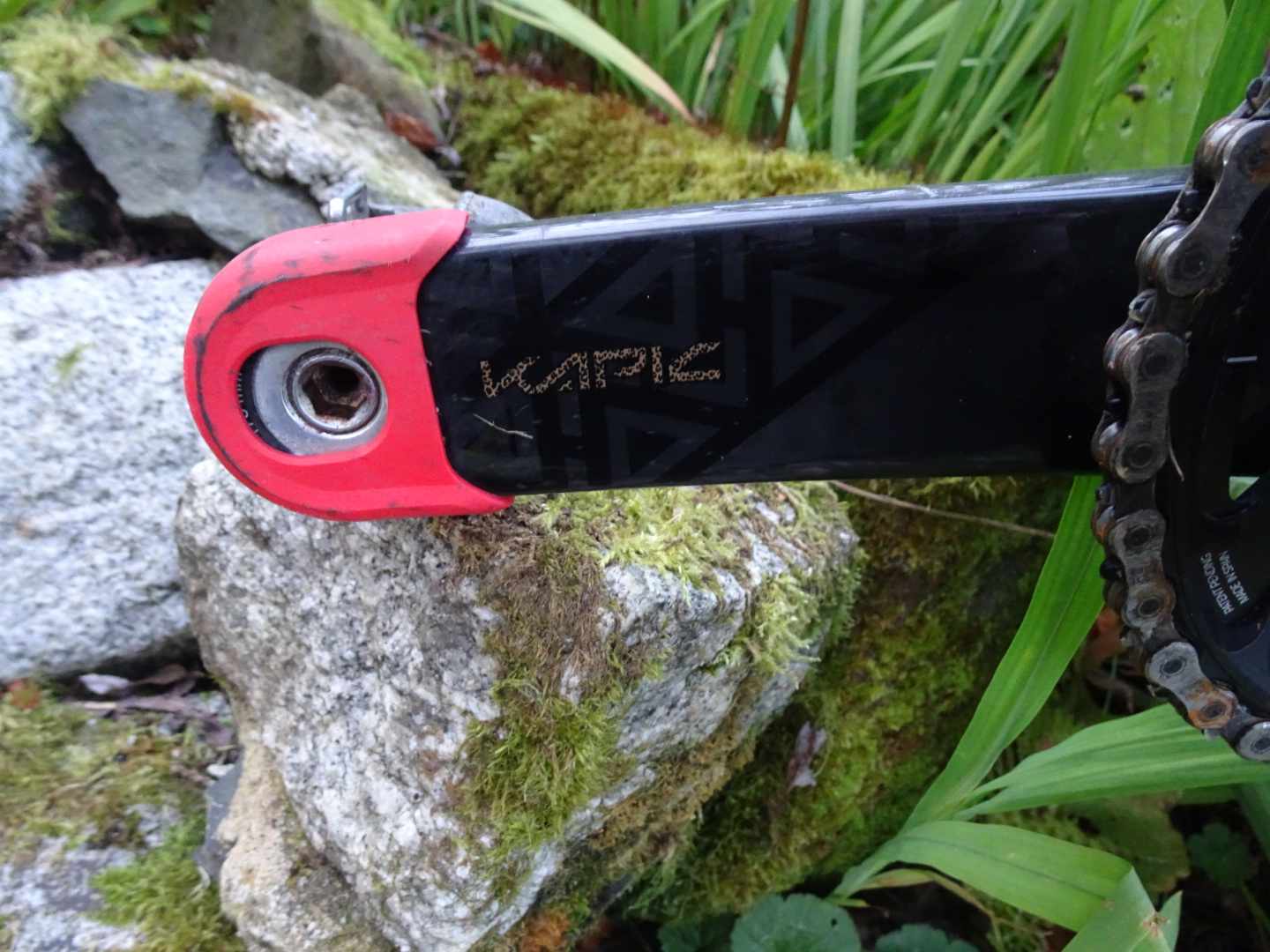
On The Trail
In contrast to my positive experiences of oval chainrings, my past experience of carbon crank arms has been mixed. Certain other manufacturers’ cranks haven’t been especially durable and seem to fail quite often at the pedal interface. Time will tell if these Rotor cranks are any different but there is a lifetime warranty so you should be OK if the worst happens.
Chainrings are aluminium and as well as oval rings, you can also get round ones. The proprietary axle and splined interface attach to the arms and the chainring with a single bolt. Boost and Super Boost (aluminium) axle lengths are available, and bottom brackets are available with steel or ceramic bearings, in pressfit and threaded standards.
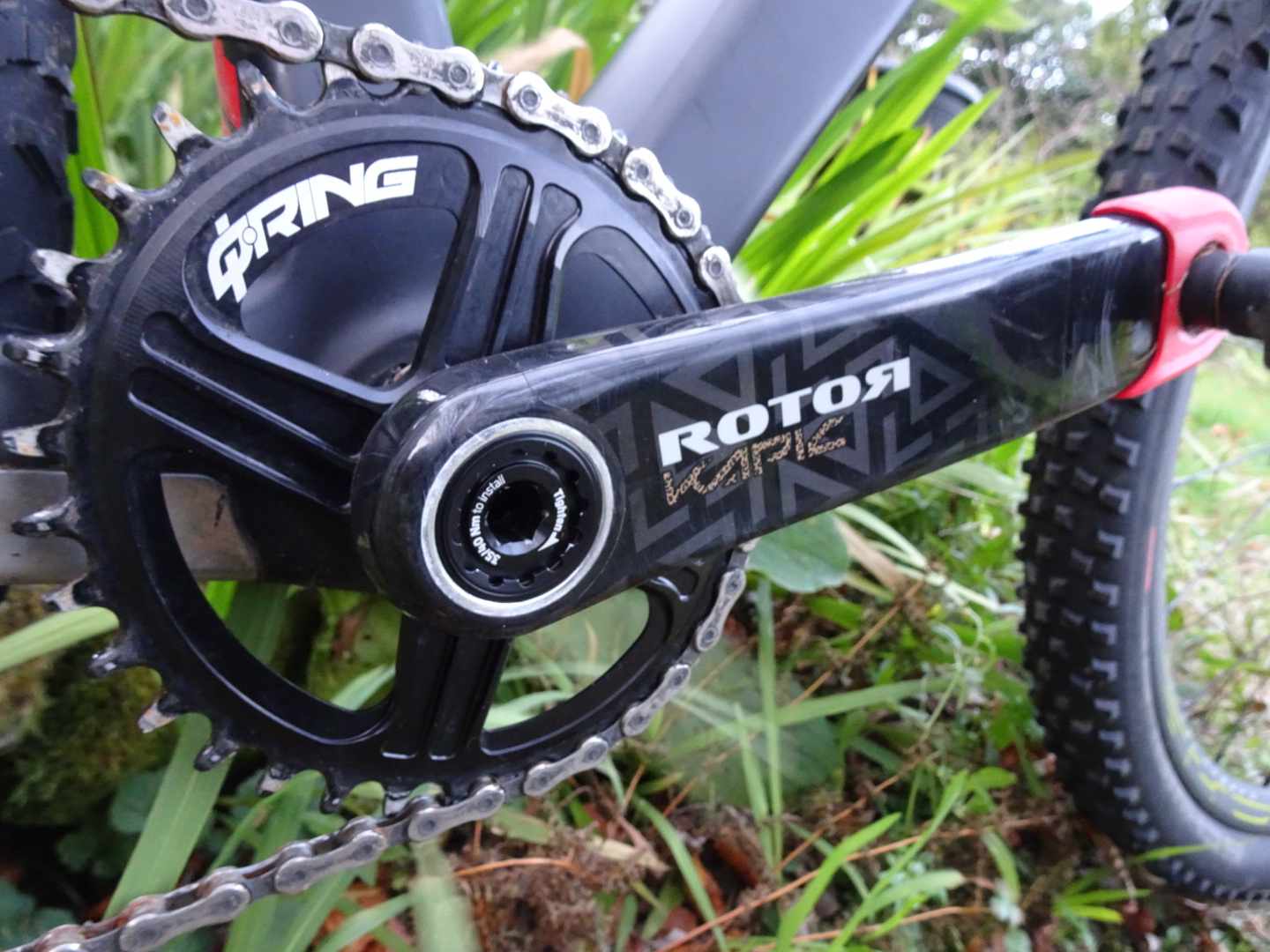
Perhaps the unique feature of Rotor oval chainrings is the tunability. The ring can be attached to the splines at several points, so the apex of the oval ‘hits’ a different point of the pedal stroke. I realise I’m perhaps using the wrong terminology here but apparently it all depends on your relative fitness and more importantly, your experience of oval chainrings.
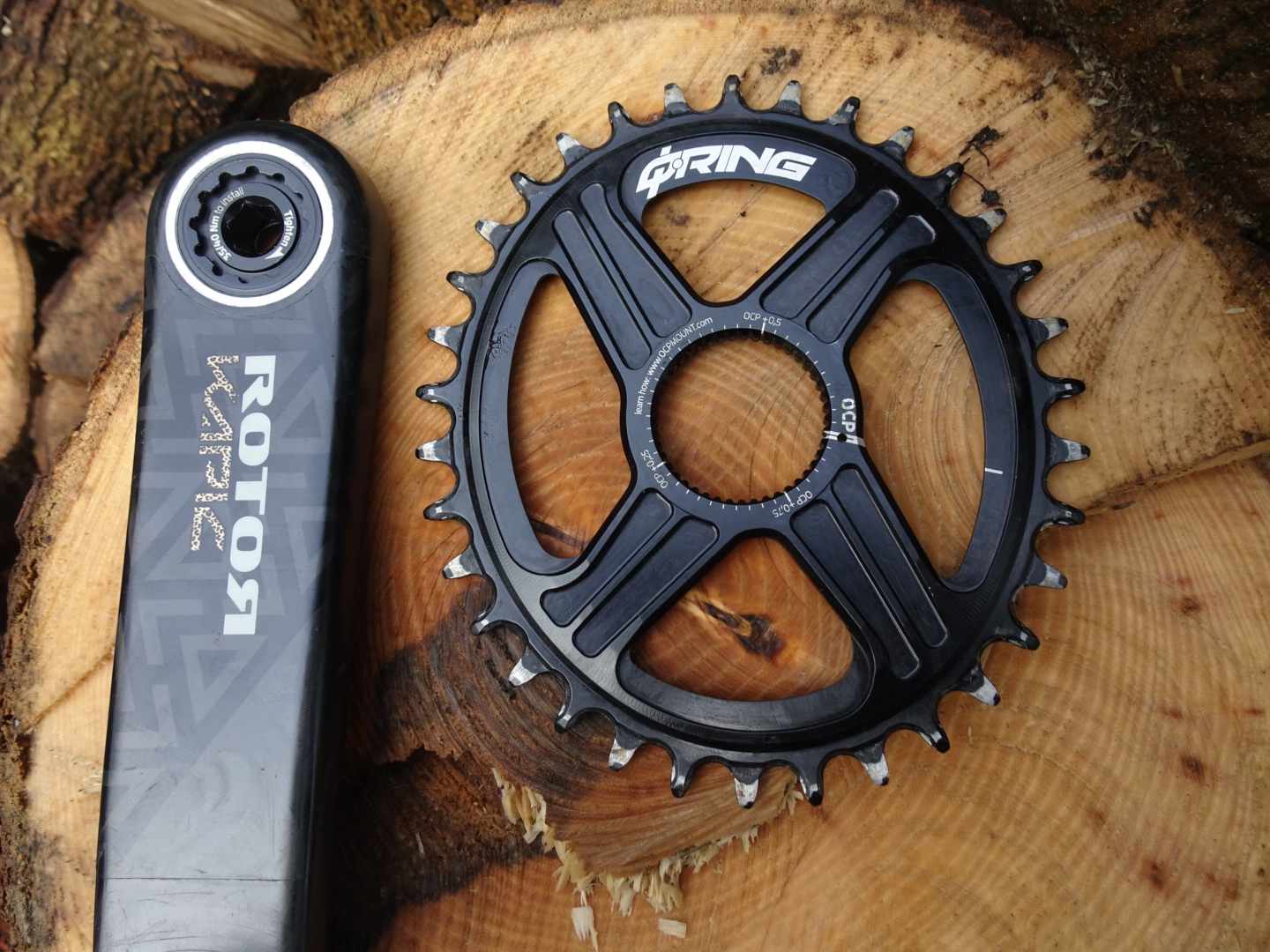
At first glance the instruction booklet can be a bit daunting – there is a recommended, clearly-marked ‘beginner’ position and then various intermediate and advanced positions. To be perfectly honest, I’ve been using oval rings for about 10 years and I’ve fitted these at the beginner position and was happy with it. I tried it in a different spot either side of that but didn’t notice much difference. There’s a lot of work gone into all of this though, so I assume the differences will be apparent to someone with more sensitive knees….
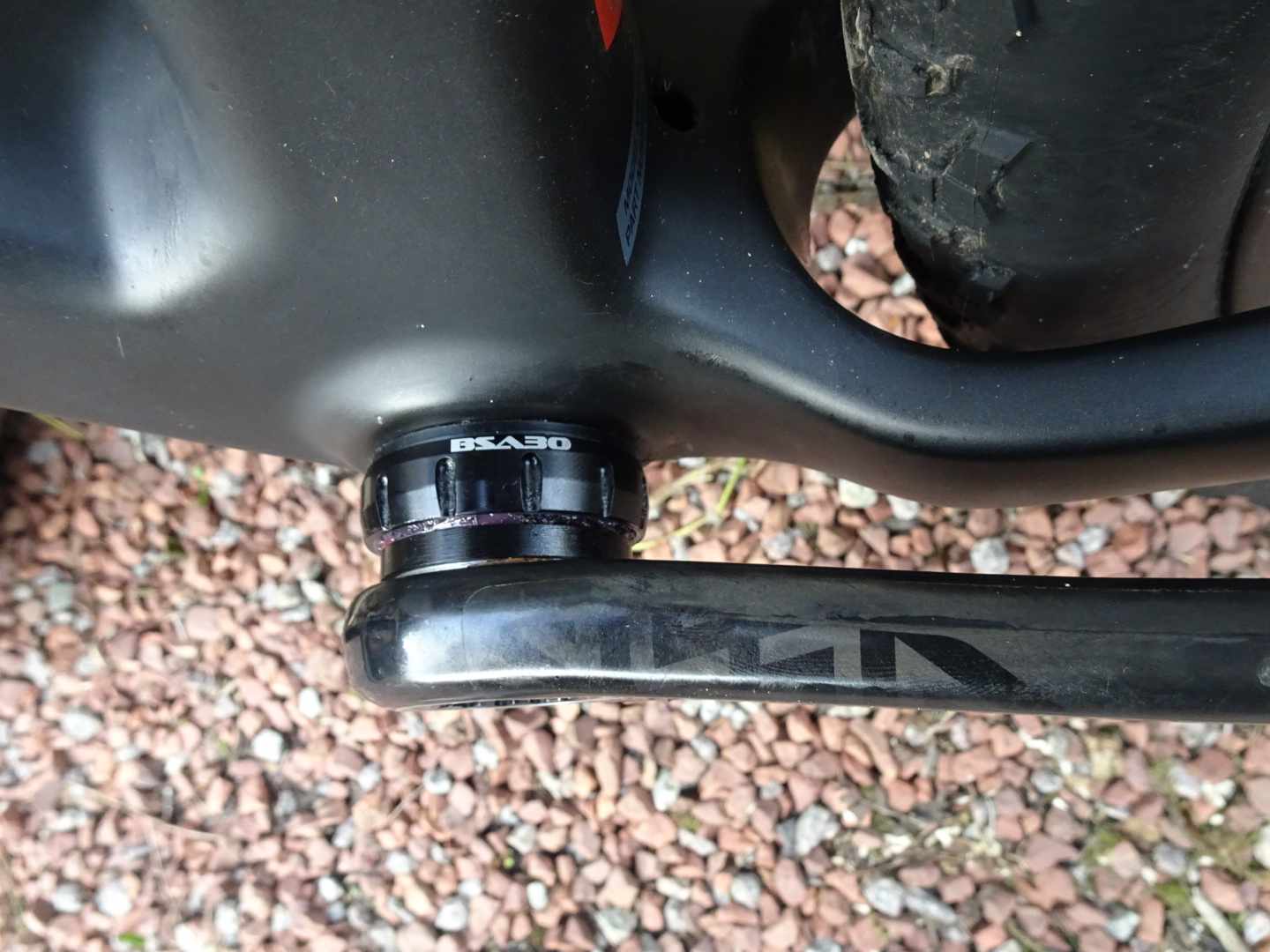
Once you’ve worked out what’s what with the chainring position, fitting the cranks is dead easy. Like I said earlier, there’s one bolt to nip up the ring and arm onto the axle. You do need a fair amount of grease to avoid any creaks though – I had to remove the cranks and pile a load more in after a noisy first attempt (admittedly I might just be a tight bugger with the grease).
In use, they’re as good as any other top-end chainset I’ve used in the past. They’re quiet, VERY light, I assume they’re very stiff – I’m not exactly a big guy so I’m not going to make cranks bend and twist much unless I’m in a really bad mood – and the carbon arms up to now and after several long endurance races have proved to be durable and have survived relatively scuff-free.
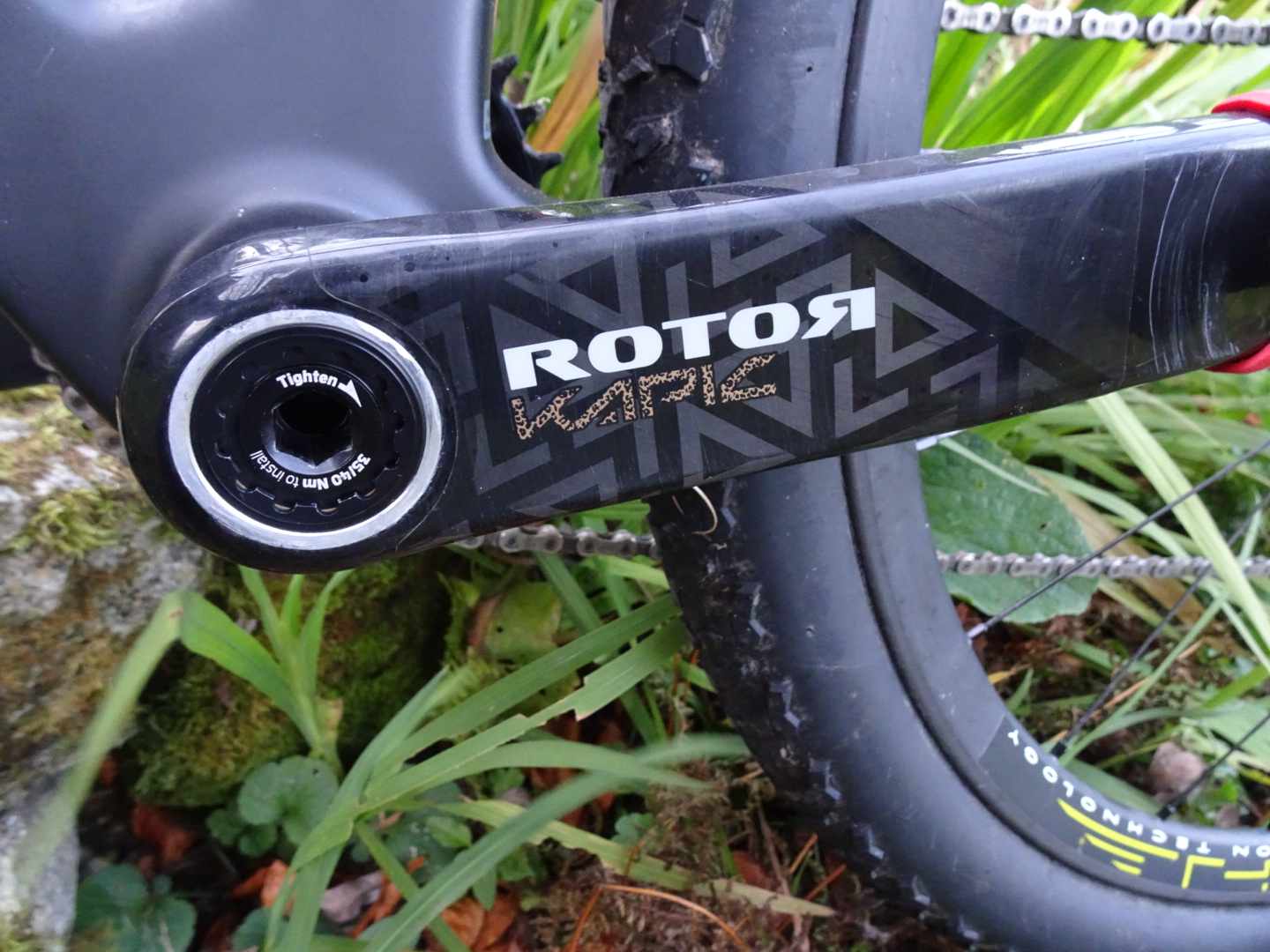
The amount of tunability and pedalstroke geekery that you can delve into might be a selling point for some and the price overall, while a lot for a chainset (compared to XTR for example) is around about the same as the equally-light Raceface Next SL cranks, which are apparently 2g lighter than the Rotor cranks but don’t have all that adjustability.
Overall
The ultimate in intricate tunability for your lightweight fast bike.Add block

